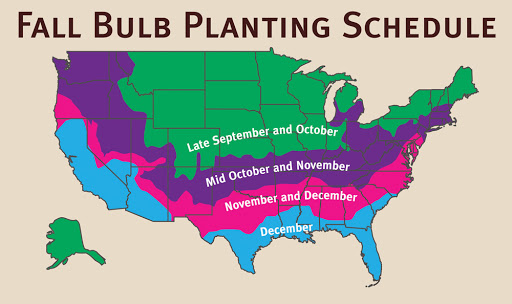We love the selection of bulbs available from A.D.R. The variety is great, the quality is excellent and the price is fair. However, the best part of working with A.D.R is the customer service from Chris, Walter and all of the team. They go out of their way to make sure ours needs are met.
Leah and Mark
, Wild Hare Farm
« Previous Plant | Next Plant »
Narcissi Trumpet 'Goblet'
Daffodil
Narcissus 'Goblet' is a trumpet daffodil, reaching 16 to 18 inches in height. It produces large, bi-color blooms, with pure white petals surrounding a ruffled golden-yellow trumpet, which fades to lemon-yellow as it matures. The flowers appear in early to mid-spring and are lightly fragrant, making them excellent for borders, containers, and naturalized plantings. Thriving in full sun to part shade, 'Goblet' prefers well-drained soil and is deer-resistant, rabbit-resistant, and drought-tolerant. It naturalizes well, forming expanding clusters over time. Introduced in 1952, this variety has won the Award of Merit.
| Description | Price | |||
|---|---|---|---|---|
| Bin Display Box of 75 Bulbs, Size 12/14 (DN3) | $45.38 | |||
Get Notified When Back In StockComplete this form and we'll notify you when SKU BIN6210230 is restocked. | ||||
| Bulk Tray of 400 Bulbs, Size 12/14 (DN3) |
SALE! $155.10 |
|||
Get Notified When Back In StockComplete this form and we'll notify you when SKU BUL20031012 is restocked. | ||||
Narcissi Calculator
When should I plant Narcissi Trumpet 'Goblet'?

Growing and Maintenance Tips for Narcissi Trumpet 'Goblet'
Planting: Plant bulbs in fall, 6 inches deep and 4 to 6 inches apart, with the pointed end up. Trumpet daffodils produce one large bloom per stem, so spacing allows each flower to shine.
Location: Full sun to partial shade. They bloom best with at least 6 hours of sunlight daily.
Soil: Well-drained, moderately fertile soil with a slightly acidic to neutral pH (6.0–7.0). Enrich with compost or leaf mold.
Watering: Water after planting and during active spring growth. Once foliage yellows, reduce watering—bulbs prefer dry summer dormancy.
Temperature: Hardy in USDA zones 3–8. Requires a winter chill to bloom reliably.
Fertilization: Apply compost or a low-nitrogen fertilizer in fall and again in early spring.
Pruning: Deadhead spent blooms to prevent seed formation. Allow foliage to die back naturally to recharge the bulb.
Propagation: Naturalizes by offsets. Divide clumps every 4 to 5 years in summer when dormant.
Pest & Disease: Deer- and rodent-resistant. Good drainage prevents bulb rot.










Check back soon for additional details.